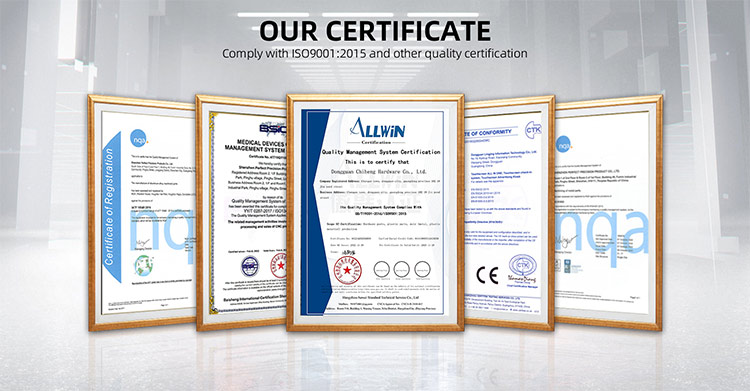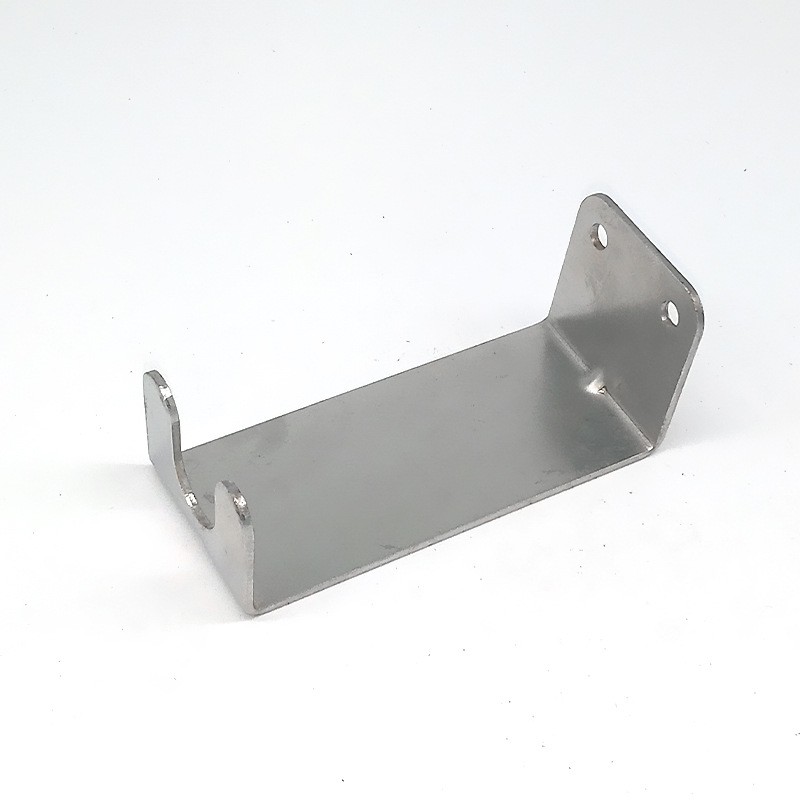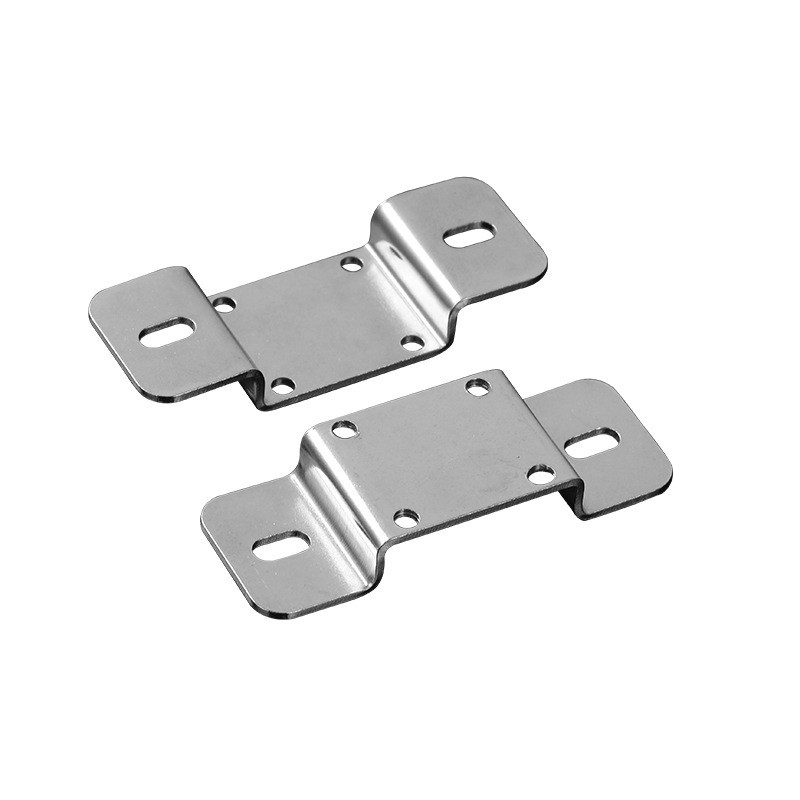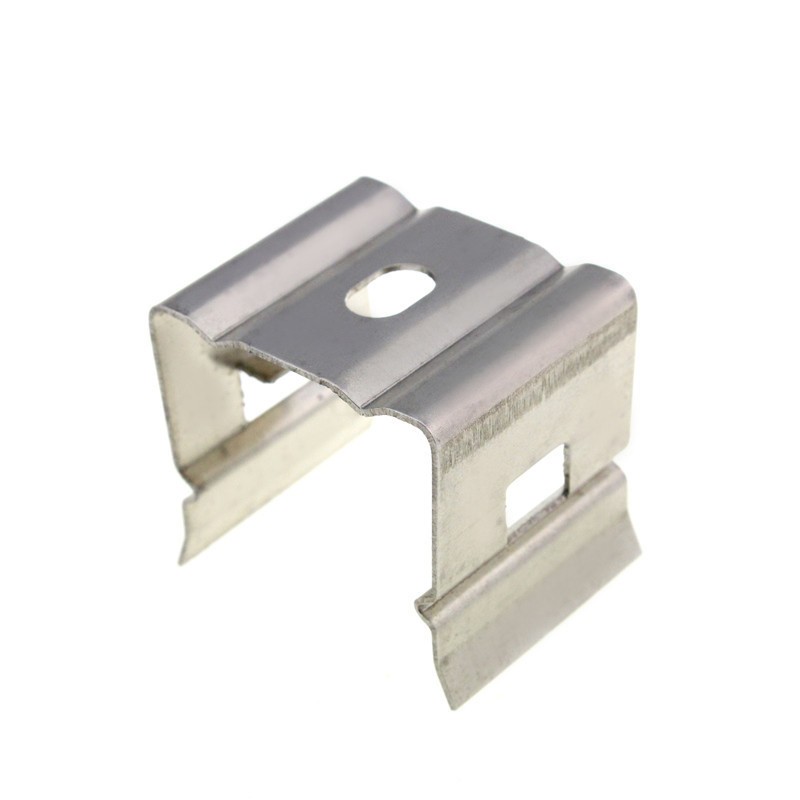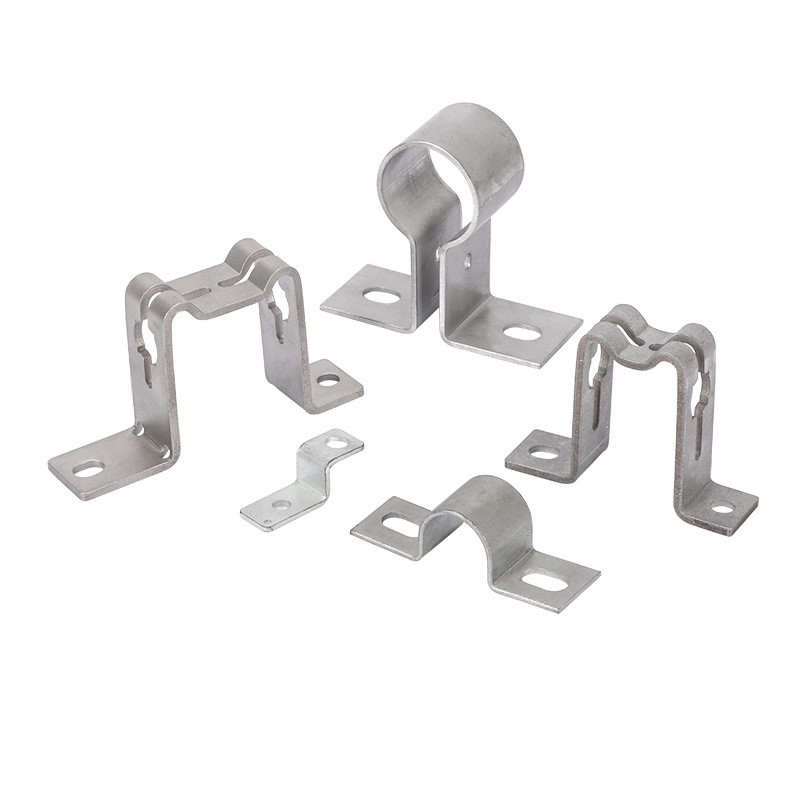Description
What are Bending Components:
Bending components are pivotal within metal fabrication for the following reasons:
1. Structural Fortification and Stability: Bending components are instrumental in crafting enclosures, brackets, and integral structural elements for diverse products and equipment, ensuring the requisite structural support and stability.
2. Aesthetic Enhancement and Design Versatility: The art of bending empowers products to assume distinctive forms and aesthetics, catering to design prerequisites and elevating their visual appeal.
3. Functionality Enhancement: Bending components can be harnessed to forge specialized parts with defined functions, such as connectors, heat dissipation units, and ventilation apertures, thereby augmenting product performance.
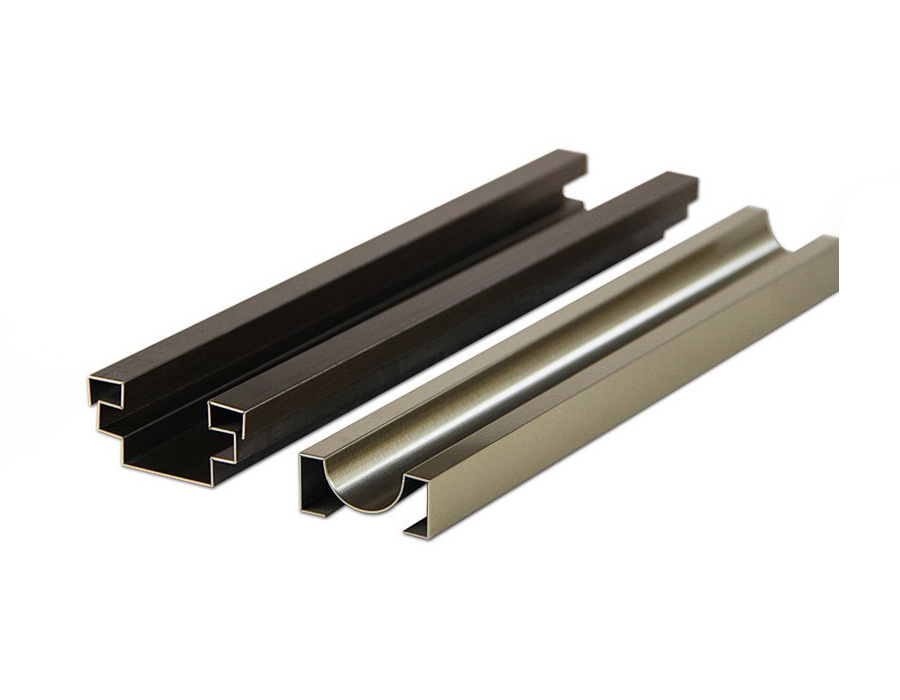
Application Spheres of Bending Components:
Bending components find a multitude of applications in various industries, including but not confined to:
1. Automotive Sector: Bending components are instrumental in the production of vehicle bodies, doors, hoods, and chassis components, reinforcing structural robustness and performance.
2. Electronics Industry: Electronic products frequently incorporate contoured metal enclosures, panels, and connectors to safeguard internal components while maintaining an aesthetically pleasing design.
3. Construction and Building Equipment: In construction, bending components are indispensable for creating structural supports, brackets, railings, and stair handrails, ensuring structural integrity.
4. Refrigeration and Air Conditioning: Bending components are integral in crafting components such as condensers, evaporators, and ductwork, facilitating equipment performance and efficiency.
5. Agricultural Machinery: Components of agricultural machinery, such as plow heads, seeders, and harvesters, heavily rely on bending components for their construction.
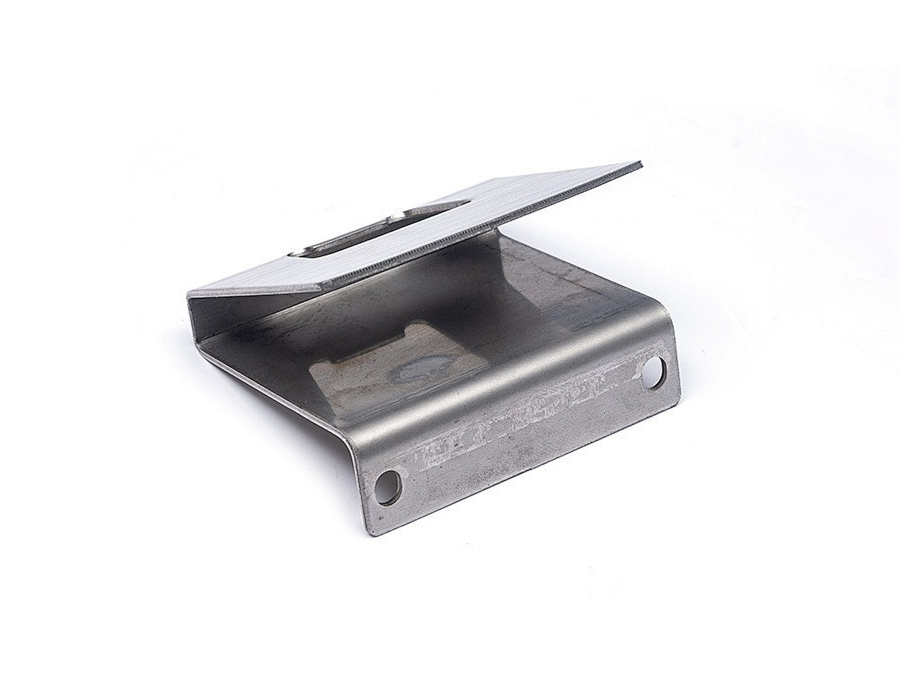
Key Aspects in the Manufacturing of Bending Components:
The manufacturing of bending components involves pivotal elements, including:
1. Material Selection: Prudent material selection is paramount to achieve the desired attributes of strength, corrosion resistance, and adaptability. Common materials encompass steel, aluminum, and stainless steel.
2. Bending Process: The bending process necessitates specialized bending machinery and appropriate tooling (dies) to attain the desired shapes and angles.
3. Design: Precision in design blueprints, often executed through CAD (Computer-Aided Design) software, is indispensable to ensure that components meet specifications and functional requirements.
4. Quality Assurance: Rigorous quality control and inspection throughout the bending process are imperative to guarantee the precision and quality of the components.
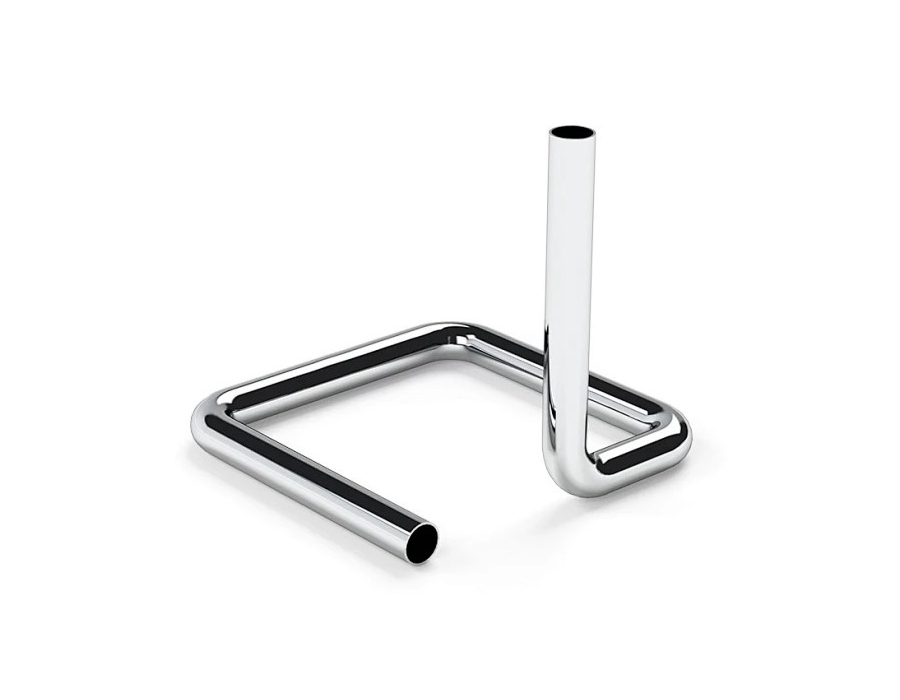
Bending components assume a pivotal role in contemporary manufacturing by bestowing structural fortitude, enhanced functionality, and distinctive design characteristics. Whether in the realms of automotive, electronics, construction, or other industries, bending components stand as the linchpin for the creation of innovative products and the enhancement of existing ones. As technology continues to advance, the methods and application domains of bending components are poised to expand, ushering in both opportunities and challenges within the manufacturing sector.
Bending Components Service
In the realm of modern manufacturing, bending components stand as indispensable pillars, providing essential structural integrity and functionality across a multitude of industries. From automotive to electronics, construction to agriculture, bending components have become the bedrock of the manufacturing world. This article will delve into the paramount importance of bending components, their wide-ranging applications, and the fundamental aspects of the manufacturing process.
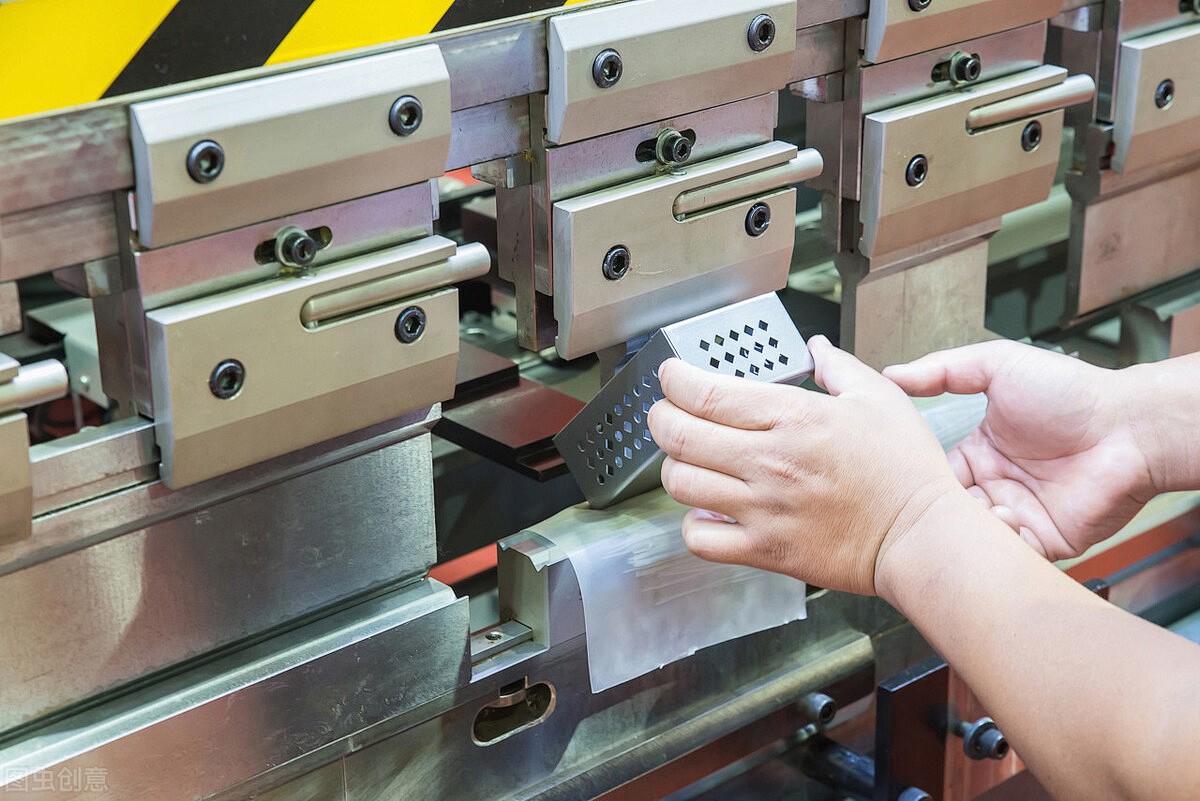
What are Bending Components
- Bending components are pivotal within metal fabrication for the following reasons:
- Structural Fortification and Stability: Bending components are instrumental in crafting enclosures, brackets, and integral structural elements for diverse products and equipment, ensuring the requisite structural support and stability.
- Aesthetic Enhancement and Design Versatility: The art of bending empowers products to assume distinctive forms and aesthetics, catering to design prerequisites and elevating their visual appeal.
- Functionality Enhancement: Bending components can be harnessed to forge specialized parts with defined functions, such as connectors, heat dissipation units, and ventilation apertures, thereby augmenting product performance.
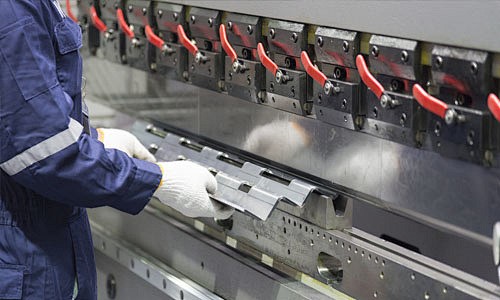
Get Your Project Today!

Streamlined Machining Technological Process
Chiheng has a rigorous technological process for producing high-quality molds, CNC machining parts, and samples. The process involves several key stages, including programming, raw material selection, CNC machining, quality detection, surface treatment, retesting, packaging, and transportation. This multi-step approach ensures that products meet strict quality standards throughout the production process.
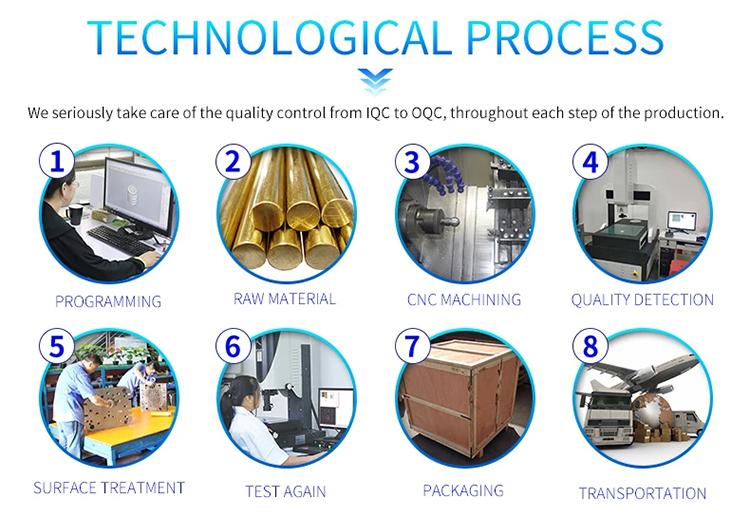
Chiheng uses a rigorous process for producing high-quality molds, CNC machining parts, and samples, ensuring products meet strict quality standards at each stage.
Quality Control Process
We have a comprehensive quality control process that includes various inspection tools and equipment. These tools, such as calipers, micrometers, projectors, and hardness testers, ensure quality throughout production, reflecting our commitment to producing reliable and affordable products.
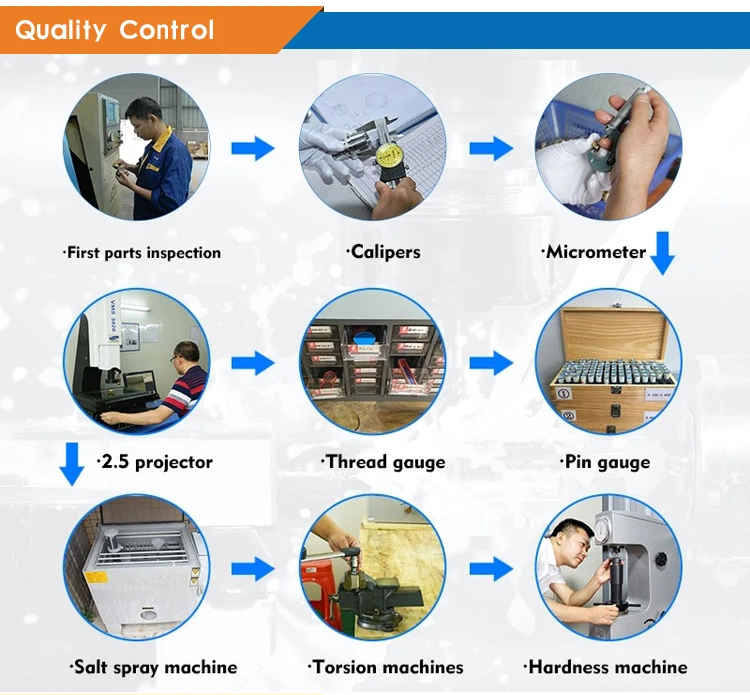
Our quality control includes various inspection tools like calipers, micrometers, and hardness testers, ensuring reliable and affordable products.
Why Chiheng is a reliable online die casting supplier?
- Fast Quotes: Get your quote in just 6 hours with our dedicated engineers.
- Reduced Waiting Time: 50% reduction in waiting period for quicker turnarounds.
- Precision Tolerance: Precision with ±0.0002 inches (5μm) tolerance.
- Advanced Equipment: Over 100+ professional pieces of equipment for top-quality production.
- ISO 9001 Certified: Quality backed by ISO 9001 certification.
